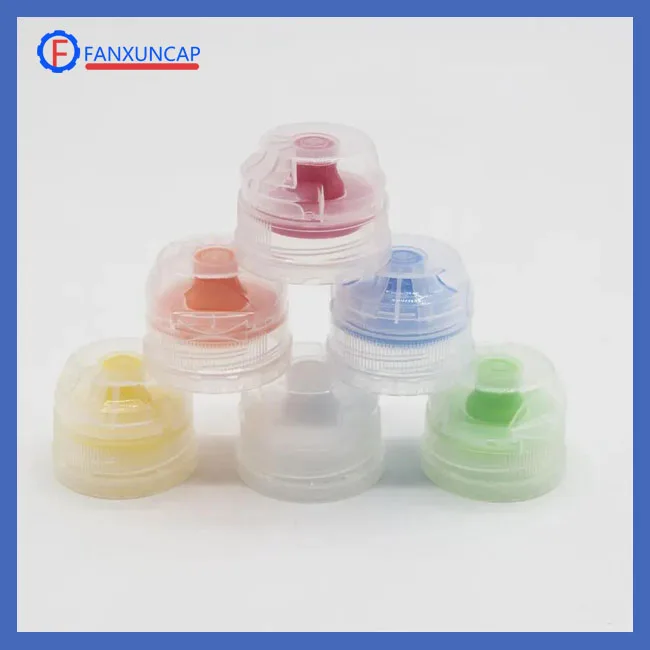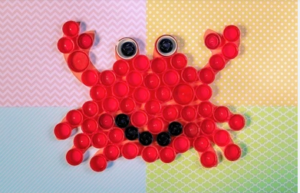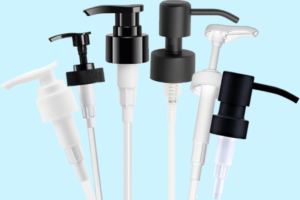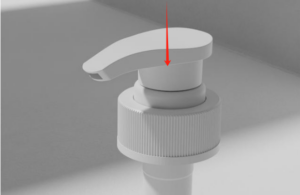Ambalaj tasarımı dünyasında, üst kapağı çevir çeşitli tüketici ürünlerinin temel öğesi haline geldi. Bu yenilikçi kapaklar kolaylık sağlar, kullanım kolaylığı, ve dökülmeyi önleyin. Fakat, Çoğu zaman gözden kaçan şey, yaratımlarının ardındaki sanat ve titiz işçiliktir..
Bu makalede, flip top kapak tasarımının büyüleyici dünyasına dalıyoruz, Her üründe yer alan düşünce sürecine ve detaylara gösterilen ilgiye ışık tutuyor. Doğru malzemeleri seçmekten kusursuz bir açma-kapama mekanizması sağlamaya kadar, hem işlevsellik hem de stil sağlamak için her husus dikkatle düşünülmüştür.
Flip top kapak tasarımında gelişen trendleri araştırıyoruz, şık ve minimalist tasarımlardan canlı ve göz alıcı seçeneklere kadar. Ayrıca markaların benzersiz marka seslerini kapak tasarımına nasıl başarılı bir şekilde dahil ettiklerini tartışıyoruz, onları anında tanınabilir ve unutulmaz kılmak.
İster ambalaj meraklısı olun, ürününüzün ambalajını geliştirmek isteyen bir marka sahibi, ya da sadece işin içindeki karmaşık sanatı merak ediyorum, Bu makale size flip top kapak tasarım süreci ve bunun genel tüketici deneyimini nasıl geliştirebileceği hakkında daha derin bir anlayış sağlayacaktır..
Flip top kapaklarda tasarımın önemi
İşlevsellik hayati önem taşırken, Flip top kapaklar aynı zamanda markalara benzersiz tasarım estetiğini sergileme fırsatı da sunuyor. Kapak tasarımı genel tüketici deneyimini geliştirebilir, Ürünü görsel olarak daha çekici ve akılda kalıcı kılmak.
Markalar genellikle marka kimlikleri ve hedef kitleleriyle uyumlu kapaklar tasarlamak için zaman ve kaynak yatırımı yapar. İster lüks bir cilt bakımı markası için şık ve minimalist bir tasarım, ister bir çocuk ürünü için canlı ve eğlenceli bir tasarım olsun, Kapak tasarımı, markanın değerlerini ve kişiliğini aktarmada çok önemli bir rol oynuyor.
Flip top kapak tasarımında dikkate alınması gereken faktörler
Flip top kapağı tasarlamak, hem işlevsellik hem de stil sağlamak için çeşitli faktörlerin dikkatli bir şekilde değerlendirilmesini gerektirir. Malzeme seçimi önemli, dayanıklılığı etkilediği için, esneklik, ve kapağın genel kalitesi. Flip top kapaklar için kullanılan yaygın malzemeler arasında polipropilen bulunur, HDPE, ve PET. Her malzemenin kendine özgü avantajları ve sınırlamaları vardır, ve tasarımcıların ürünün gereksinimlerine göre en uygun seçeneği seçmesi gerekiyor.
Bir diğer önemli faktör ise kapak tasarımının ergonomisidir.. Tutulması ve açılması kolay olmalı, sınırlı el becerisine sahip kişiler için bile. Başlığın boyutu ve şekli tutması ve çalıştırması rahat olmalıdır, kusursuz bir kullanıcı deneyimi sağlamak.
Üstelik, tasarımcıların üretim sürecini ve maliyet sonuçlarını dikkate alması gerekir. Karmaşık tasarımlar ek kalıplar veya montaj adımları gerektirebilir, üretim verimliliğini ve maliyetini etkileyebilecek. Başarılı bir flip top kapak tasarımı oluşturmak için estetik ve fizibilite arasında doğru dengeyi yakalamak çok önemlidir..


Görsel olarak çekici bir flip top kapağı nasıl oluşturulur?
Görsel olarak çekici bir flip top kapağı tasarlamak, yaratıcılık ve teknik uzmanlığın bir kombinasyonunu gerektirir. Akılda tutulması gereken bazı önemli noktalar şunlardır:
1. Sadelik: Zarafet ve ince zevki yansıtan net çizgiler ve minimalist tasarımları tercih edin.
2. Renkler: Markanın kimliğiyle uyumlu ve arzu edilen duyguları uyandıran renkleri seçin. Renklerin psikolojisini ve tüketici algısı üzerindeki etkilerini düşünün.
3. Tipografi: Okunaklı ve markanın kişiliğini yansıtan yazı tiplerini seçin. Görsel ilgi yaratmak için çeşitli stil ve boyutları deneyin.
4. Bitirir: Mat gibi farklı yüzeyleri keşfedin, parlak, veya metalik, kapak tasarımına doku ve derinlik eklemek için.
5. Marka Entegrasyonu: Markanın logosunu veya görsel öğelerini kapak tasarımına kusursuz bir şekilde ekleyin, tutarlı ve tanınabilir bir kimlik sağlamak.
Bu faktörleri göz önünde bulundurarak ve farklı tasarım öğelerini deneyerek, markalar, raflarda öne çıkan ve tüketicilerde yankı uyandıran, görsel açıdan çekici kapaklar oluşturabilir.
Flip top kapak tasarımında gelecekteki trendler
Tüketici tercihleri ve ambalaj trendleri gelişmeye devam ettikçe, Flip top kapak tasarımının daha fazla yeniliğe tabi tutulması bekleniyor. Dikkat edilmesi gereken bazı yeni ortaya çıkan trendler şunları içerir::
1. Sürdürülebilir Malzemeler: Çevre dostu ambalaj çözümlerine talep artıyor. Tasarımcılar hem işlevsel hem de çevreye duyarlı kapaklar oluşturmak için biyoplastik ve geri dönüştürülmüş plastik gibi malzemeleri araştırıyor.
2. Akıllı Kapak Teknolojisi: Akıllı ambalajın ortaya çıkışıyla birlikte, Flip top kapaklar, tüketicilere ürün veya kişiselleştirilmiş deneyimler hakkında gerçek zamanlı bilgi sağlamak için RFID etiketleri veya NFC teknolojisi gibi özellikleri içerebilir..
3. Özelleştirme: Markalar giderek daha fazla kişiselleştirilebilir kapaklar sunuyor, Tüketicilerin ürünlerini kişiselleştirmelerine ve sahiplenme duygusu yaratmalarına olanak tanıyor.




